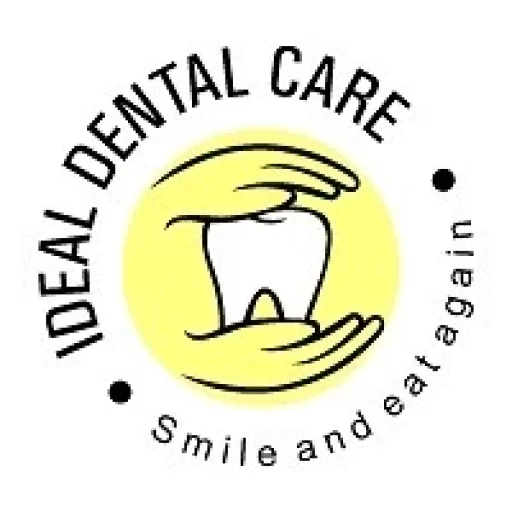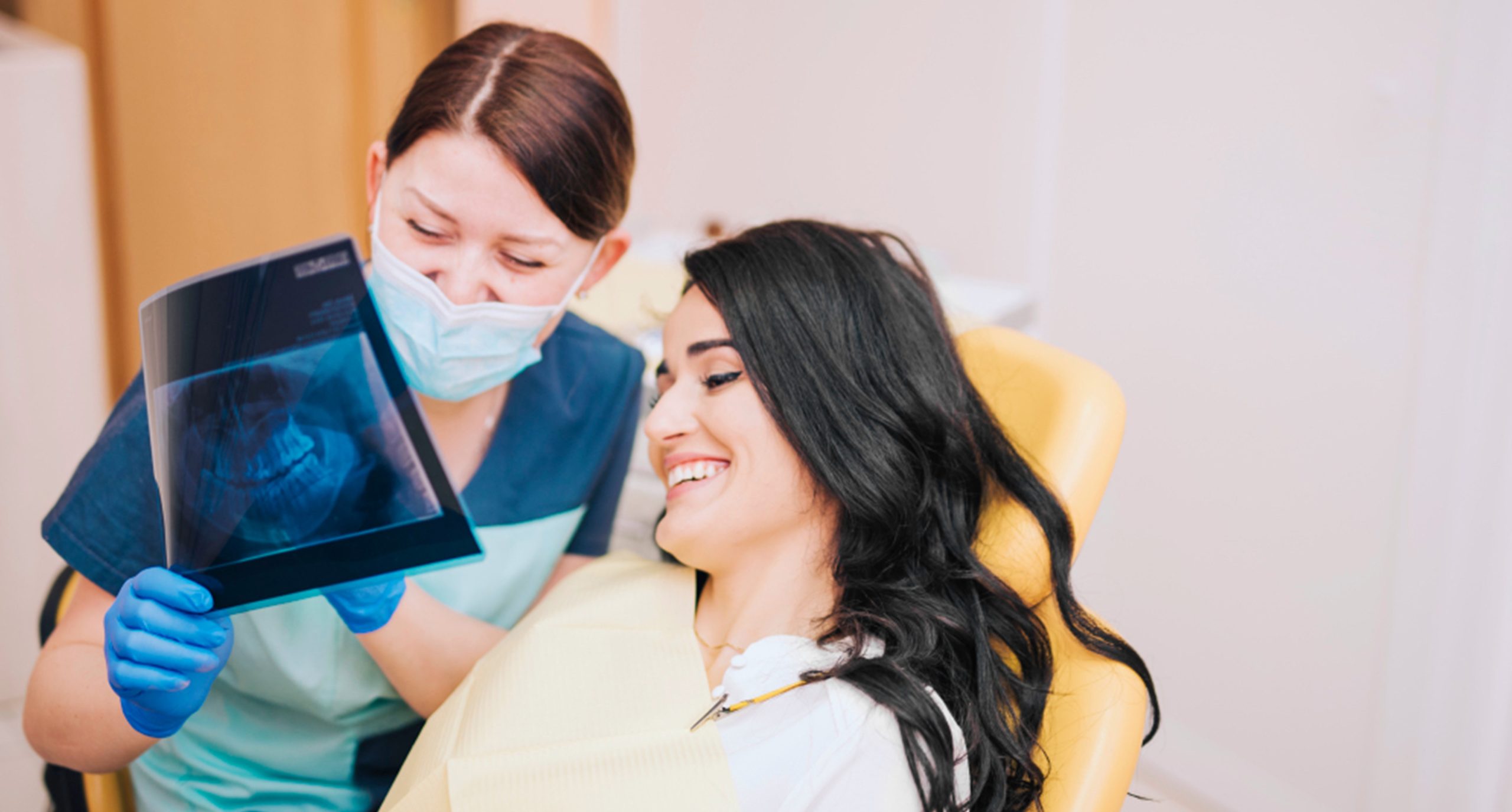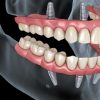Enhancing Dentistry: The Advantages of Digital Impressions
Digital impressions are cutting-edge technology in impressions dentistry that enables dentists to use lasers and other optical scanning technologies to create a virtual, computer-generated reproduction of the hard and soft tissues in the mouth. Without using traditional impression materials, which some patients find clunky and messy, digital technology collects precise dental impression data in minutes.
Because traditional impression materials are eliminated, many patients find digital impressions more direct and comfortable. The impression data is then transmitted to a computer and utilized to produce restorations, frequently done without stone models.
What are Dental Impressions?
Dental impressions are impressions of your teeth, gums, and oral tissues. They’re utilized to make diagnostic models of your mouth, as well as dental restorations, whitening, trays, retainers, mouth guards, and other dental products. Traditional or digital dental imprints are available.
Dental impressions are imprints of your teeth, gums, or other internal structures. Traditional dental impressions are made with a special putty, whereas digital dental impressions are made with a handheld wand and computer software.
What are the Types of Dental Impressions?
Dentists can currently employ one of two forms of digital impression technology. The first type collects images as digital photography, providing a series of pictures to dentists and dental laboratories; the second type captures images as digital video.
Dentists use Lasers or digital scanning to capture the images by teeth scanning. Laser scanning uses concentrated light that is both safe and precise. It catches all of the features of the teeth and gums while removing the need for the patient to hold unpleasant material in their mouth. Digital optical scanners are likewise safe and accurate. However, teeth must be powder-coated with a specific spray before scanning to ensure that all sections of the impression are accurately recorded.
What is the Process of Dental Impressions?
The dentist or dental assistant uses digital imprint technology to capture an image of a tooth/teeth preparation. Once the area has been anaesthetized and clear of saliva and blood, the teeth are lightly dusted with specially designed titanium dioxide powder to scan both arches and the bite. Other systems (for example, Cadent iTero and the imprint technology with the E4D Dentist System for in-office CAD/CAM restorations) enable dentists to build powder-free, three-dimensional digital dental impressions of the patient’s teeth.
An intraoral wand is commonly used to capture the digital impression in dentistry, which is inserted into the patient’s mouth and moved over the surface area of the tooth or teeth. A chairside monitor is typically used in digital impression systems to display the impression of teeth while it is captured.
Furthermore, most digital impression systems rely on point-and-click capturing, which necessitates the assembly of photos to make the final digital dental imprint. The Lava C.O.S system, on the other hand, is the only one that employs three-dimensional real-time video capture to display live visuals on a touch-screen panel. This live video capture generates the final digital impressions without data manipulation.
A digital impression of teeth takes around a minute and a half to capture. It just takes 45 seconds to obtain an impression teeth in the opposing arch.
While reviewing the real-time electronic image, the dentist can enlarge and manipulate it for greater detail, ensuring any potential errors are identified and corrected onscreen before sending the digital impression electronically to the dental lab or in-office dental CAD/CAM system. The delivery workflow will differ based on the digital imprint system used by the dental clinic. Current digital impression systems for dental offices are solely digital dental impressions or chairside CAD/CAM systems.
Cadent iTero, 3M ESPE Lava Chairside Oral Scanner (C.O.S.), and Sirona CEREC Connect digital impression devices digitally capture the tooth preparations and adjacent teeth in the arch or quadrant and opposing teeth and bite registration. The data is electronically transferred to the dental laboratory for restorative production.
Digital chairside solutions, such as the D4D Technologies E4D Dentist System and the Cirona CEREC Acquisition Centre (AC), also record digital impressions. However, the data is used within the dental clinic to design, mill, and deliver the final restoration in a single session for same-day dentistry.
The iTero and Lava Cos digital systems are the only ones that can be utilized for all types of dental restorations, such as bridges, crowns, inlays and onlays, and veneers. Other digital impression technologies are intended for use with specific ceramic and composite systems.
What are the Benefits of Dental Impressions?
Digital optical impressions improve efficiency, productivity, and accuracy by allowing dentists to e-mail the virtual impression dental to the laboratory rather than sending a traditional impression or stone model via regular mail. Furthermore, digital impressions can be utilized to create same-day dental restorations, which speed up patient treatment and reduces the need for several office visits. Here are some more benefits of Digital Dental Impressions:
- Image/impression quality has been improved for better-fitting restorations.
- There is no need for unpleasant impression materials that cause some patients to gag.
- The Dentist and Patients will have a more relaxed, less stressful encounter.
- Impression-taking errors are reduced, and material imperfections are eliminated, resulting in fewer restoration faults.
- Patients appreciate new technology and cutting-edge dental care. Because they can view their impressions on-screen chairside, they become more engaged and better informed about the treatment process.
- The scan of the teeth to be repaired and the opposing teeth and bite take three to five minutes.
- The digital impression can be retained electronically indefinitely, saving space, facilitating efficient record-keeping, and promoting a paperless world.
- Green dentistry and eco-friendly components include eliminating impression materials and disposable plastic trays, which would otherwise pollute landfill space; digital data is erased with the “delete” button.
Take Away
In conclusion, digital impressions in dentistry have revolutionized how dental impressions are taken. Dentists can create precise virtual reproductions of the mouth’s tissues using lasers and optical scanning technology without needing traditional, clunky impression materials. This makes the process more comfortable for patients and improves efficiency and accuracy. Digital impressions can be less time-consuming, transmitted electronically, and used to produce restorations without stone models.
The benefits include better-fitting dental restorations, reduced errors, and a more engaged patient experience. Furthermore, digital impressions promote eco-friendly practices by eliminating disposable materials and enabling paperless record-keeping. Digital impressions are at the forefront of dental technology, providing a more advanced and streamlined approach to impressions dentistry.




